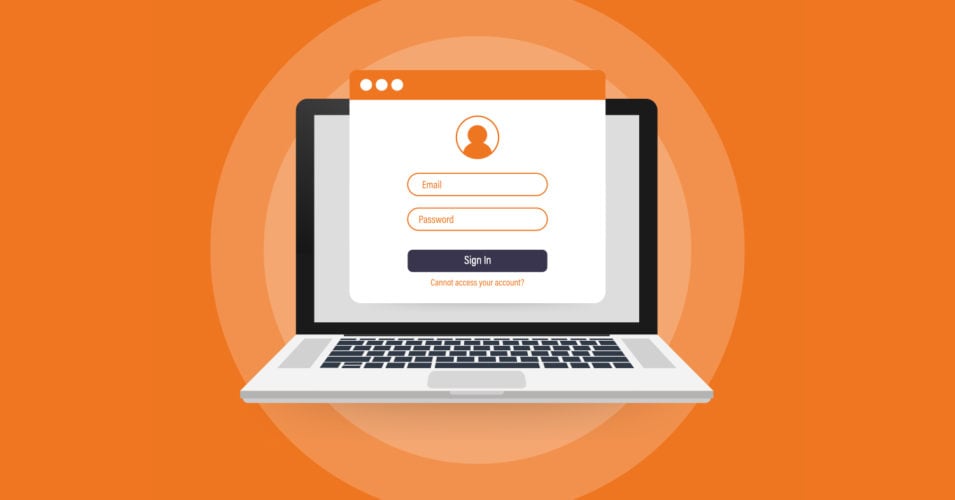Whether or not you should use gated content in marketing is a common debate. It comes down to questions like:
- Why should you use gated content?
- How much content should actually be gated?
- Who should the content be accessible to?
With so much to consider, you really need to think about the when, why, who, what, and where, as far as gated content is concerned. Like most things in life, there are pros and cons to either side of the argument, so let’s explore this topic a little deeper.
What Is Gated Content?
Naturally, you have to know this answer before deciding to proceed with gating your content. Gated content is any type of media placed behind some form that’s meant to capture leads. This means people can’t access the content without providing the required information, be it an email address, phone number, or an answer to a quick question. There are positives and negatives to gating your content, and both should be considered before you change your marketing endeavors.
Pros of Using Gated Content
First of all, you’ll have a better chance to understand your audience because you’ll be able to gather specific details about who’s accessing your content. With this information, you can more accurately target future campaigns and nurture forthcoming leads. Additionally, you’ll be forging trusted relationships with your followers. After all, nobody’s going to give you their information unless they see your brand as a valuable, trustworthy, and authoritative leader in your industry.
Let’s not forget the fact that you’ll streamline your sales process. When you gate content, you can conduct outreach to people who have accessed those vital tidbits of information. Your sales team will likely be more effective because they’ll touch base with prospects who have already expressed an interest in your brand.
Cons of Using Gated Content
Since your content will be behind some sort of wall, you might reach a more limited audience. It’s a little harder to get gated content in front of your whole target audience unless you really dig deep into your budget and hit the promotions hard.
Beyond that, it’s far more challenging to gain links to your page. In reality, it makes sense to think that people may not want to link to your pages if their readers may have to provide information just to read your content. Many will simply skip out on linking to your content if you’re gating it.
Of course, there’s the fact that you could alienate some readers from the beginning to learn more about your brand. Gated content can, at times, turn away potential leads, particularly if it hits them at the wrong stage of their customer journey. This, in turn, can result in a negative perception of your brand.
When Should You Use Gated Content?
You need to truly understand your customers’ journeys before implementing gated content to craft your content marketing strategies around their behaviors. You can use gated content to generate qualified leads, but only if you’re talking to people who have already expressed an interest in your brand. Landing pages and “thank you pages” are critical for successful gated content operations. Again, that’s because you’re talking to people who already fall well within your target market.
If you choose to go the gated-content route, your information must be both valuable and shareable. You also want to be sure that it’s not too promotional. Consider gating your content if you already have a large audience. When your site gets a lot of traffic, gated content can help you discern visitors interested in your brand and content from those who really won’t do anything for your bottom line anyway.
Learn More About Marketing Strategies From ZGM
Zero Gravity Marketing (ZGM) is your expert resource for all things marketing. If you still aren’t sure if your business would benefit from gated content, contact our team today!






